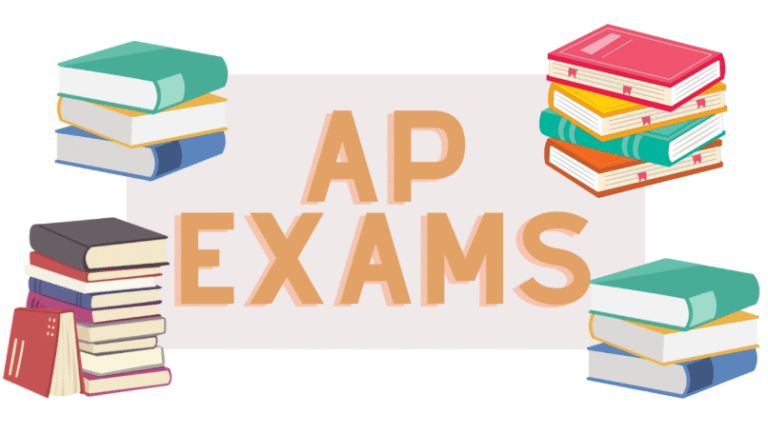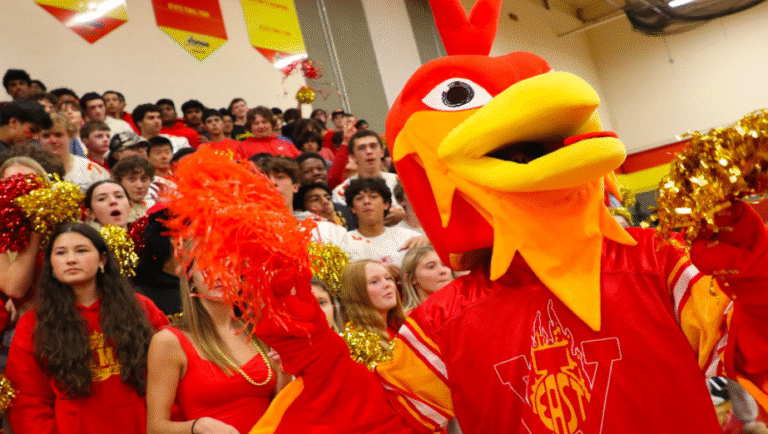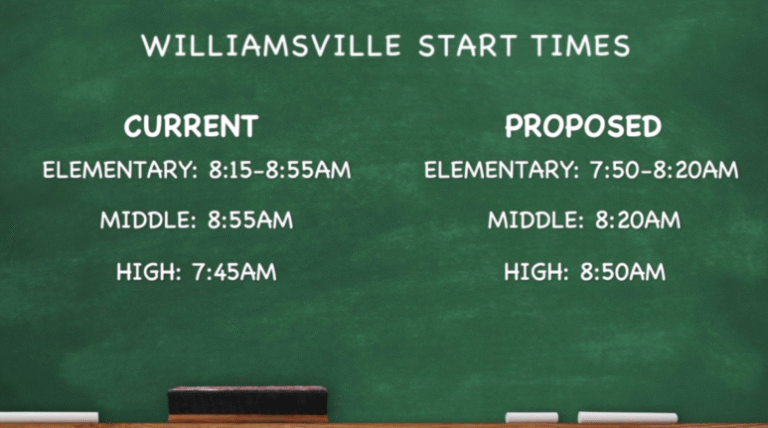By Snigdha Chakravarti
Every other year, the WEHS Music Department takes a field trip to a tourist destination in the US. On Friday, March 28th, 97 students from the music department along with 7 teacher chaperons boarded a bus onto this year’s destination: Pittsburgh, Pennsylvania. From an outside perspective, Pittsburgh seems somewhat random. It’s not a “famous city” like Chicago, or New York City, or even Boston for that matter. Once you go in and start to sight see Pittsburgh, however, it no longer seems random. With a variety of activities ranging from cruises along the Pittsburgh River and the Heinz History Museum, to old-fashioned cable cars and a historic strip-district, Pittsburgh has a lot of history, beauty, and fun to offer for its visitors. Mrs. Ieda, the orchestra teacher at East, explained how upon asking her students what their favorite part of the trip was, she would get different answers. There was no popular answer as such; some students loved the diverse plants at the Phipps Botanical garden, while others were awed by the musical energy of the Pittsburgh Symphony Orchestra, and the list of favorites just goes on from there. For some of the students, like junior Selena Han, the congenial vibe of the trip was the best part. When Selena was asked what her favorite part of the trip was, she said “ definitely enjoyed the scenic dinner cruise along the Pittsburgh River on Friday evening,” but more importantly, she “really liked hanging out with friends in general.”
The three days in Pittsburgh were packed with fun-filled days with new places to see and activities to do. On Friday morning, students visited Carnegie Mellon University for music masterclasses and tours of the university’s music department. The positive, collaborative atmosphere at the university allowed the students to inquire and learn about the programs offered in music as well as meet and even interact with some of the professors and students attending music school. Two quartets along with a solo flutist from East presented their group’s piece to some of the faculty committee at Carnegie Mellon and spent time refining and building new techniques, elements, and expressions to add to their music. Following the visit to Carnegie Mellon, students spent the afternoon at the Carnegie Museum of Art and Natural History. The unique exhibits, including a minerals exhibit with glow-in-the-dark minerals, a dinosaur exhibit containing life-size skeletons, and aesthetic architecture scattered throughout the halls. Culminating the already eventful day, students boarded a fancy cruise ship for a 3-hour long scenic ride along the Pittsburgh River. The serenity of the river combined with the liveliness of the city and Pittsburgh’s distinctive bridges provided multiple picture-perfect backdrops during the entirety of the ride.
The next day, the students were split into 2 groups, one of which went to the Duquesne Incline and the other to Point State Park. At Duquesne Incline, students had a once-in-a-lifetime experience of using cable cars to climb up to the top of the incline. With a rough jerk at the beginning, the cable car slowly chugged its way up the steep incline while the students inside it relished the spectacular birds-eye view of the city. Meanwhile, students at Point State Park took walks and pictures with their friends as they explored the trails and relaxed beside the Pittsburgh River, almost an arm’s-length away from touching the crystal-clear water body. At around midmorning, both groups of students reunited at the Andy Warhol Pop Art Museum, which contained a variety of exhibits exploring the many aspects of Warhol’s artwork, including his famous soup cans. After the museum, the students went to the PNC Baseball Park. They were split into smaller groups, each with their own tour guide who provided sneak-peeks into places in the stadium that spectators usually don’t get to see, like the expansive dug-outs and beautiful aerial view of the park at the edge of the Pittsburgh River from the top. The day ended on a “high note” after the Pittsburgh Symphony Orchestra concert. The PSO enthralled the students with the virtuosic Liszt Piano Concerto No. 2 performed by Francesco Piemontesi and the premier of Hannah Eisendle’s “Heliosis” in the first half, and in the second, the orchestra performed the famous Beethoven’s 6th Symphony and the premier of Iman Habibi’s “Jeder Baum Spricht.” The theme of the concert, the natural world, was featured in many of the performed pieces; Beethoven’s 6th expressed joy and connection with the countryside, while Eisendle’s “Heliosis” displayed the scorching, blistering, yet twinkling character of the sun. After the concert, there was even more music to enjoy with the post-concert Brahms piano quintet performance, which awed its listeners with the intricacies and emotions of the music. Senior Reilin Lyu remarked that her favorite part of the concert was the post-concert performance. “I loved the Brahms piano quintet. I’ve actually played the second movement as a pianist, and it was just a lot of fun to hear that piece that I love so much get played professionally and live. And it was fun to see the players interact with the music and with each other,” Reilin said after she was asked what the best part of the trip was.
On the last day of the trip, the students went to the Heinz History Museum. Aside from the famous “Heinz Ketchup”, the museum contained the entirety of American history, ranging from the practices of Native Americans, to the 1969 Apollo 11 moon landing. The morning concluded with a shopping-spree at the historic strip district, where students traveled in their friend groups to different restaurants, shops, and artisans, trying new foods, buying gifts for friends and family, and relishing the walk around the city. The final part of the trip was a visit to the Phipps Botanical Garden. Containing various plant species arranged in large gardens, the botanical garden encompassed the vibrancy and enchantment of nature.
Truly, the Pittsburgh trip was a life-changing experience for many of the students who traveled, allowing them to try new things and spend quality time with their friends. Thinking ahead to 2027, who’s excited for another WEHS music trip?








